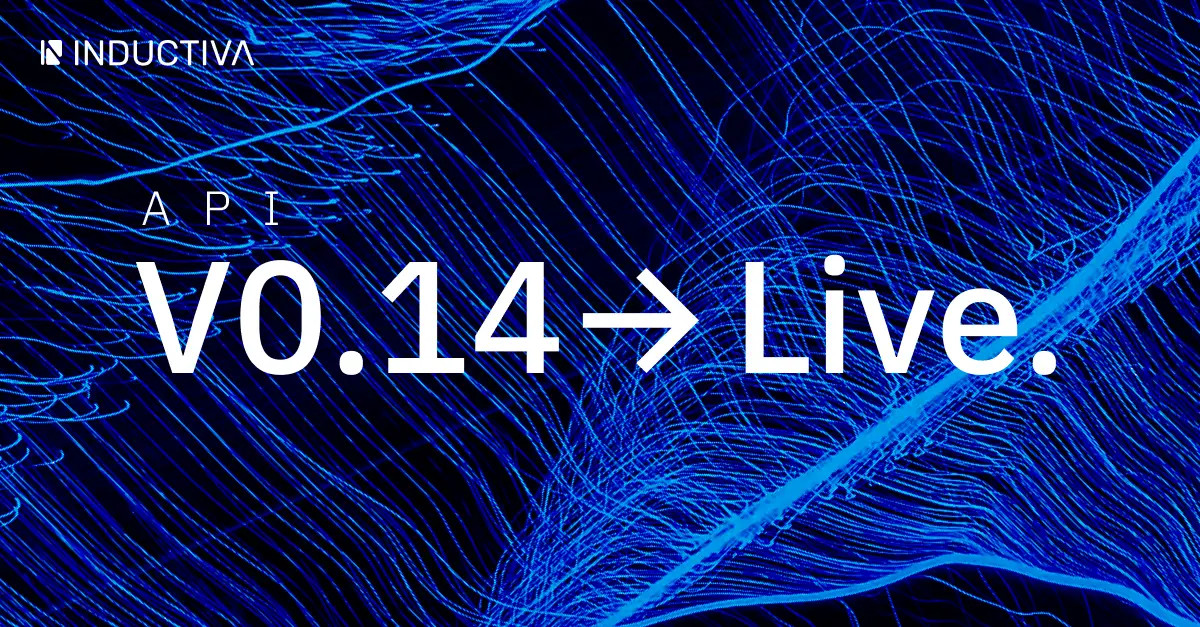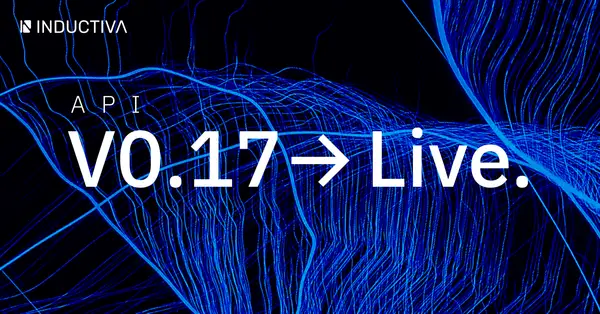Introducing Inductiva API v0.14 – a powerful upgrade packed with GPU-powered numerical simulations, real-time monitoring of simulation outputs, seamless AWS exports, and an expanded portfolio of built-in simulators. This release takes high-performance computing (HPC) to the next level, offering greater control, efficiency, and flexibility for scientific research in molecular dynamics, coastal dynamics, fusion energy.
With GPU acceleration now available, users can leverage parallel computing for faster, more efficient large-scale simulations—significantly reducing runtime and enhancing performance for demanding computational tasks like CFD, molecular dynamics, and AI-driven physics modeling.
Real-Time Monitoring of Output Files for Simulations
Tracking simulation outputs in real time just got better! Previously, users could monitor stdout and stderr streams live (see Stream logs of a task), but other output files were only accessible after task completion.
Now, with v0.14, all output files can be monitored in real-time while the simulation is running. This lets users debug, track specific variables, and inspect partial results to ensure simulations are running as expected.
New CLI Commands for Real-Time File Monitoring
🔍 List all output files generated by a task:
inductiva tasks list -files <task_id>
📌 Tail any non-binary output file in real-time:
inductiva tasks tail <task_id> <filepath> -f
More details are available in our documentation on accessing output files.
GPU-Powered Numerical Simulations on GCP
Some of our supported simulators—like GROMACS (molecular dynamics) and GX (fusion energy simulations)—leverage GPU acceleration for significant performance boosts. Now, you can launch GPU-powered machines on Google Cloud Platform (GCP) to take full advantage of parallel computing for high-performance simulations.
How to Launch a GPU-Powered Machine in Inductiva
One of the most valued benefits of Inductiva is how effortlessly users can select and allocate a machine to run their tasks. Launching a GPU-powered instance is as seamless as starting any other x86 machine—simply choose a machine from the G2 series in the Console and run it with the same straightforward command:
gpu_cloud_machine = inductiva.resources.MachineGroup(
provider="GCP",
machine_type="g2-standard-4" )
🚀 Performance Boost: GPU-enabled instances drastically speed up computation and reduce total runtime, making large-scale simulations even more efficient. This is particularly beneficial for molecular dynamics, CFD simulations, and AI-driven physics modeling.
For a complete example, check out our GX on GPUs tutorial.
Seamless Exporting of Simulation Files to AWS S3 Buckets
All files generated by the simulations are securely stored in the user’s own cloud bucket, managed by Inductiva on Google Cloud Platform.
To streamline workflows involving other clouds, users are now able to export simulation results from their Inductiva bucket to an AWS S3 bucket directly, thus avoiding the manual and time-consuming task of downloading to local computers and uploading to AWS.
New CLI Command for AWS S3 Export
💡 Quick Setup: Before using this feature, users need to authenticate with AWS credentials via:
aws configure
More details can be found in our documentation on exporting files to AWS.
This feature to move files directly from Inductiva’s bucket to another cloud is only available for AWS for now, but get in touch with us to let us know which other clouds you work with and how we can streamline your workflow.
New Open-Source Simulators Now Available
Inductiva v0.14 adds support for four new open-source simulators, expanding computational capabilities across various scientific fields:
- 🌊 SNL-SWAN – Advanced coastal dynamics simulations for ocean engineering.
- 🔬 CPK2 – Enhancing molecular dynamics simulations (alongside GROMACS).
- ⚡ GX – Our first fusion energy systems simulator for plasma physics.
Each simulator is always made available in Kutu, Inductiva’s free repository of Docker images for scientific computing software. The full list of integrated simulators and their supported versions can be found on our website or by running:
inductiva simulators list
Setting and starting a cloud machine streamlined
The simulation process just became even more seamless! Previously, two steps were required to start a cloud machine:
- Allocate the MachineGroup;
- Start it.
Now, the MachineGroup is automatically started when the task is run:
machine_group = inductiva.resources.MachineGroup("c2d-highcpu-112")
reef3d = inductiva.simulators.REEF3D()
task = reef3d.run(
input_dir="/path/to/my/reef3d/files",
on=cloud_machine)
This simple yet powerful improvement is much more intuitive, requiring less commands; it’s also less prone to errors, because the user doesn’t have to explicitly add the command; and more cost effective, because the machine isn’t started until it’s actually needed to run the task.
What’s Next?
At Inductiva, we’re committed to making high-performance computing more accessible and pushing the boundaries of GPU-powered simulations and AWS cloud integration.
📌 Upcoming Features & Improvements:
Usability Enhancements for Simulations & Cloud Computing
- Huge improvements in storage management
- Email alerts for task completion
- Improved Web Console experience
Team Collaboration
- Share machine groups with colleagues
Stay tuned—big things are coming for AWS integration, GPU-powered simulations, and HPC cloud computing!
Upgrade Now
Make sure you’re using the latest version of Inductiva by running:
pip install –upgrade inductiva
A heartfelt thank you to our incredible team and community for being so involved and for helping us grow, one simulation at a time!
🎉 Happy Simulating! 🎉



